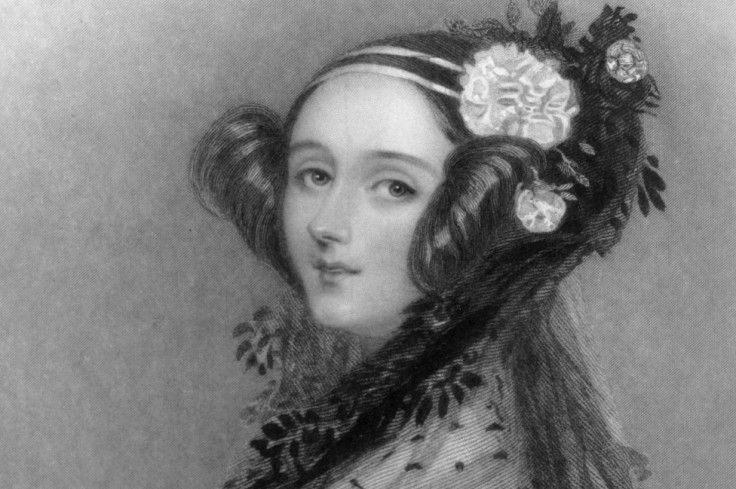Ada Lovelace Day: Who was the pioneering mathematician and world's first computer programmer?

The annual celebration of women's achievements in science, technology, engineering and maths (STEM) is named after the woman regarded as the world's first computer programmer. Born two centuries ago as the daughter of the Romantic poet Lord Byron and his mathematics-loving wife Annabella Milbanke, Ada Lovelace is hailed as a symbol for modern women in the STEM fields.
Lovelace was born Ada Gordon in 1815, the sole child of the brief and tumultuous marriage of Byron and Milbanke. All of Byron's other children were born out of wedlock to other women and one month after Ada was born, the couple separated.
Filled with resentment for Byron, Milbanke feared her daughter would inherit her father's "poetic" temperament and encouraged her daughter to pursue her interest in maths, logical thinking and science. Lovelace soon developed a fascination with boats and other machinery, spending hours absorbed in diagrams of the inventions of the Industrial Revolution.
Lovelace developed a working relationship with British mathematician Charles Babbage at the age of 17. At that time Babbage was the Lucasian Professor of Mathematics at the University of Cambridge and had already gained notoriety for his work in calculating machinery. Lovelace was enthralled by his Difference Engine, a machine which could perform mathematical calculation. She described it as a "thinking machine".
Babbage also worked on another, more complex invention, the Analytical Engine, a revolutionary device on which his current fame largely rests. It was intended to perform any arithmetical calculation using punched cards that would deliver instructions and would contain a memory unit to store numbers.

Lovelace worked on notes about the Analytical Engine and in the early 1840s, translated a short article describing the Analytical Engine by Italian scientist Luigi Menabrea. Adding her own calculations and notes to the article, the finished piece contained elaborate observations on potential uses – as well as the use of letters and symbols. She also theorised a method for the engine to repeat a series of instructions to reach a result, a method now known as looping.
In her notes, she describes an algorithm for the Analytical Engine to compute Bernoulli numbers. Considered the first algorithm specifically tailored for implementation on a computer, it led to the recognition of Lovelace as the world's "first computer programmer".
Lovelace's contributions to the field of computer science were not discovered until the 1950s, when her notes were republished by B.Y. Bowden in Faster Than Thought: A Symposium on Digital Computing Machines in 1953. Although the Analytical Engine was never built, the design contained elements of a modern computer. It is now acknowledged as an early model for a computer, which would later inspire Alan Turing's developments in modern computing.
Lovelace died of cancer aged 36 on 27 November 1852 and was buried next to her father in the Church of St Mary Magdalene in Nottingham. Ada Lovelace Day is observed on 13 October, to inspire more women and girls into developing an interest in science, technology, engineering and maths. An exhibition showcasing Lovelace's work opens at the Science Museum in London this week.
© Copyright IBTimes 2025. All rights reserved.






















